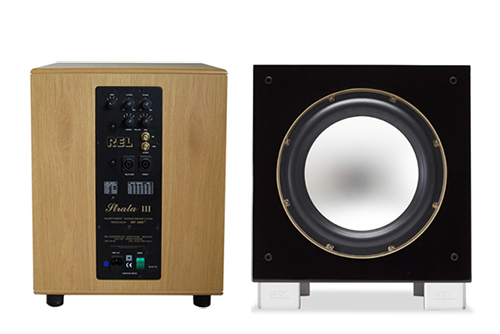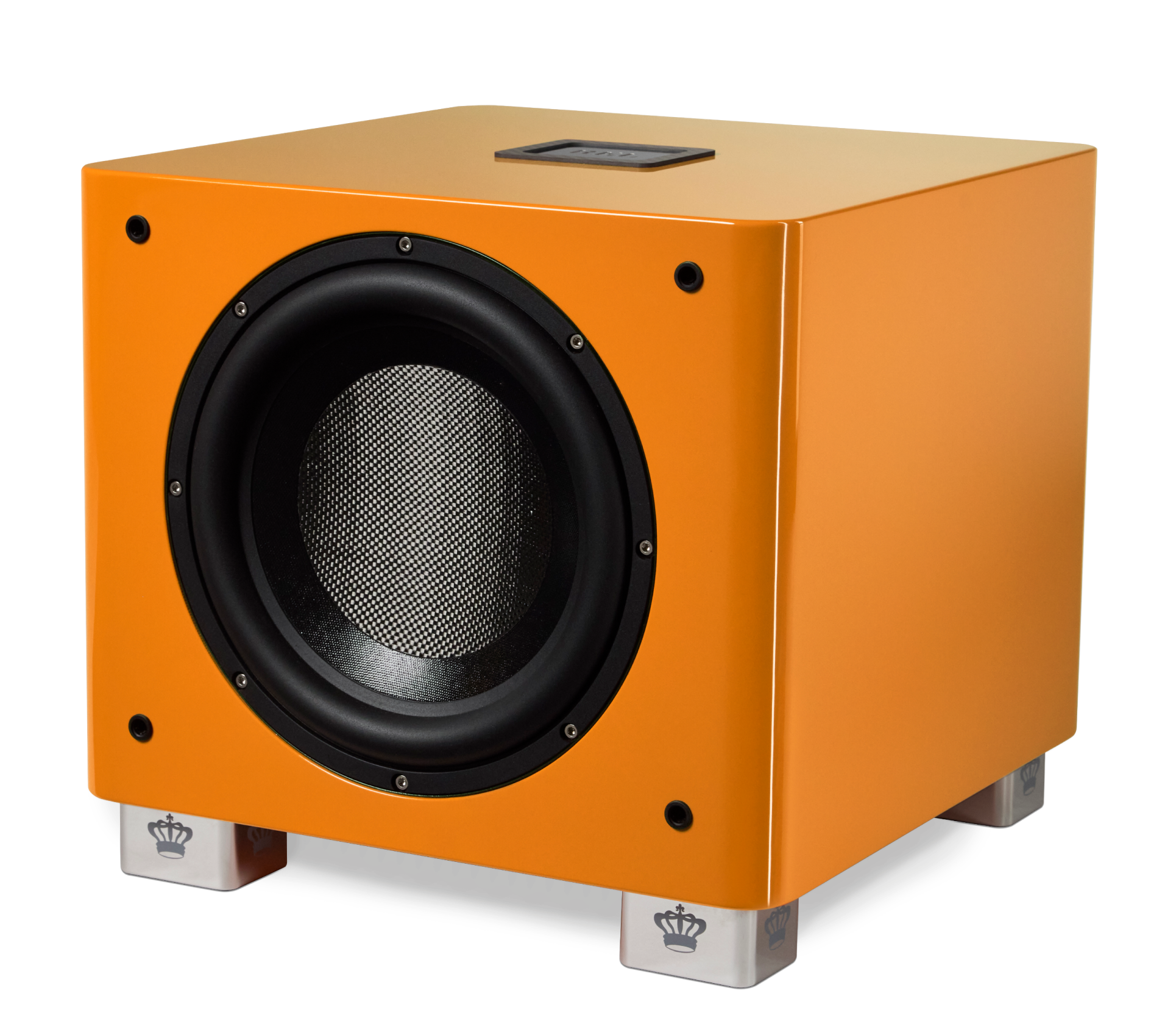Blog
Way More For Less:
From Classics to Cutting Edge
 For the past 15-20 years, we have worked hard to keep our classic, legacy products like the Series III models of the late 1990’s running. A couple of years ago, however, we began to realize that we were fighting a losing battle. Suppliers for a number of parts unique to these designs had gone out of business or were no longer producing the relevant parts anymore.
For the past 15-20 years, we have worked hard to keep our classic, legacy products like the Series III models of the late 1990’s running. A couple of years ago, however, we began to realize that we were fighting a losing battle. Suppliers for a number of parts unique to these designs had gone out of business or were no longer producing the relevant parts anymore.
Even more telling, time had taken its toll and we were seeing an increase in thermal damage on the main boards of units that were returned for service. This thermal damage was the result of 15-20 years of hard use (all subwoofer use is hard, even idling for twenty years produces significant heat when locked away from cooling ambient air) and as a result they were no longer legally repairable. We explored the costs of developing new boards and metal work to keep them running, but due to the many variations of generations of amplifiers, this was deemed a non-starter when held up to clear-eyed analysis. The combination of tooling costs, safety certification, and quantity requirements would have made each amp too expensive on a per unit basis.
Yes, the lovely old wooden cabinets were wonderful in their day, but time and taste march on. Those same designs introduced today would be hopelessly un-salable being both FAR too large for modern expectations, far too expensive for what they deliver and using dated engineering that our modern designs and customers would never approve of, being slow and ponderous by comparison.
Occasionally I jump in and help out some customers who need advice. A month ago, I helped a wonderful longtime customer whose system had not changed but his home had; his old Strata III had finally died after 20 years of good service and one re-cap 8 years ago. We were able to help him out, reduce the size of his replacement REL by more than 50% and deliver what, in his words was an incredible performance upgrade for about one-third the cost of the older model. Let’s look at how we did that.
The Strata III in its day sold in the US for $1,295 in textured black paint—basically the same stuff used to paint pro sound reinforcement cabinets for on-stage use at music festivals. Yuck, not well-received even 20 years ago. Wood veneer brought the cost up to $1,495 in 1998, over $2,300 in 2018 figures (courtesy of www.in2013 dollars.com). It used a standard VIFA 10” driver, an amplifier rated at 100 watts and older input crossover filters that were twice as slow as modern REL filters. For its day, a wonderful piece of kit and one that survived two lifetimes for an average subwoofer, however, simply not competitive at that price and with those specifications in today’s market.
For that price today, a new S/3 SHO which, in a large room or for someone who simply requires a lot more output and heft an S/5 SHO for just a little more, would be almost laughable compared with the old Strata. The newer model would play well over twice as loud, extend half an octave lower, be twice as fast in its impulse response (the speed-based ability to keep up with very fast modern speakers and to blend perfectly) and do so in about two-thirds the physical volume (S/3 SHO v. Strata III). The S/3 at $2,099 in the US would be 8 percent less cost as well, and while the wood veneers back in the day had a wonderful now-period elegance to them, today it is simply not possible to arrive at consensus for a wood finish that is broadly well received–tastes having changed and fragmented a great deal over the intervening two decades.
In the case of our loyal customers, the incredibly improved performance of an S/3 when comparing like-costs was simply unnecessary. In their new, smaller living room I was able to guide him to a T/5i that delivered vastly better sound at just $599, and looks brilliant in its 5 coats of hand-rubbed lacquer. He and his wife opted for the lovely, white high gloss lacquer as it picked up the soft white color of their baseboards and in their words, “looked right at home”. Technically, the modern 8” T/i driver extends a few Hertz lower than the original, the T/5i plays almost 30% louder than the older Strata III and, thanks to its modern and much faster crossover, it blends far better with his speakers. It also offers 25% more power for better headroom. For good measure, they decided to take advantage of technology advancements and purchased an Arrow wireless design of ours that eliminates in-room wiring, but with zero digital compression is just as fast and dynamic as our hard-wired connection.
Should time and the inevitable ravages of thermal stress force you to give up your old REL, know that our modern designs measure up in every way to the old and are simply better engineered, better-built and more compact for less money. Vastly more power (using the S/3 at 400 watts versus the 100 watts of Strata III shows how far our amplifier development program has progressed in that time), better filter speed and accurate secondary filters that eliminate the compression of earlier filters means the newer models blend so much more perfectly than the old. In addition, we produce drivers and cabinets that we would have killed to have had access to two decades ago, meaning we can deliver far more performance in far smaller designs with vastly superior reliability than even our legendary designs of yore.
Naturally, we love the rich history of REL. But designing to the past, or allocating too many resources to attempting to resuscitate units that are two decades old, guarantees that we won’t have a future.
Please listen to the new products, I promise you, they eclipse the originals in every way and often at a fraction of the price.











